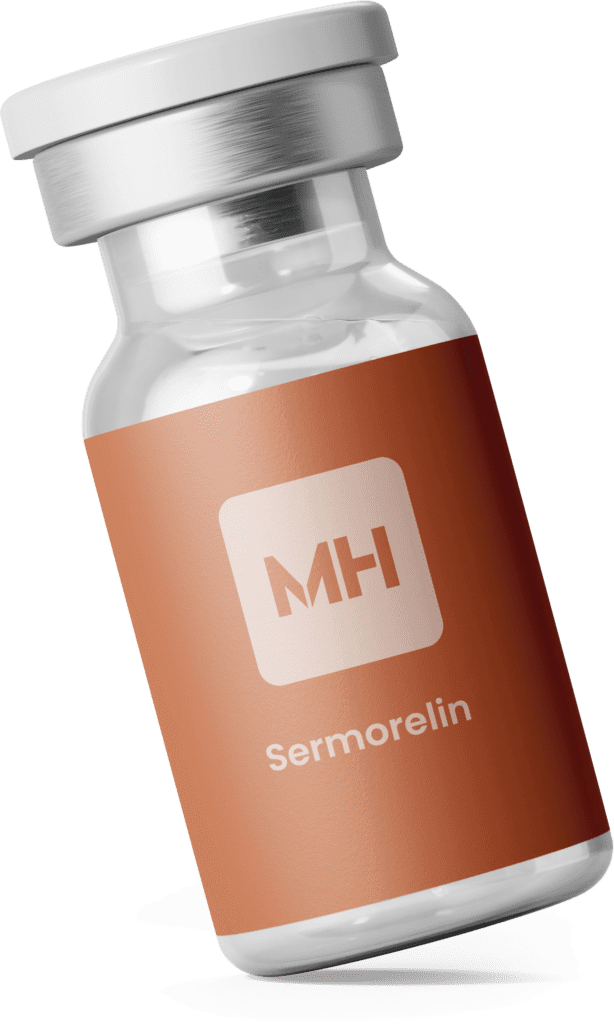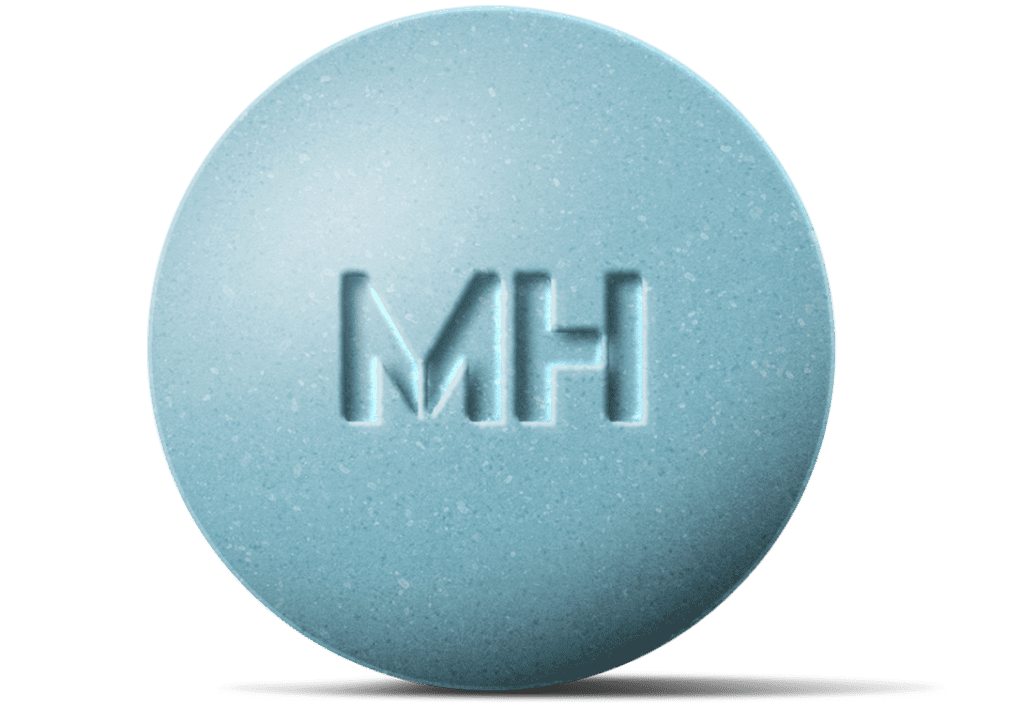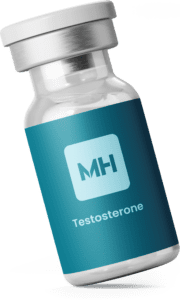In the ever-evolving world of modern medicine, a groundbreaking class of drugs has emerged as a game-changer in the management of type 2 diabetes and obesity – the glucagon-like peptide-1 (GLP-1) receptor agonists. These innovative medications are redefining the way individuals approach these complex metabolic conditions.
The Remarkable Mechanisms of GLP-1 Receptor Agonists
GLP-1 is a crucial hormone produced in the gut, playing a vital role in regulating blood sugar levels and appetite. GLP-1 receptor agonists mimic the action of this natural hormone, triggering a cascade of beneficial effects:
- Enhanced insulin secretion from the pancreas
- Reduced glucagon production, leading to lower blood sugar levels
- Delayed gastric emptying, promoting prolonged feelings of fullness
- Increased satiety signals in the brain, curbing appetite
By activating the GLP-1 receptor, these medications harness the body’s own regulatory systems to improve glycemic control and facilitate significant weight loss. In some cases, patients have achieved reductions of up to 20% of their starting body weight.
Expanding the Therapeutic Horizons
The transformative potential of GLP-1 receptor agonists extends far beyond their initial applications in type 2 diabetes and obesity. Researchers are actively exploring their use in a wide range of conditions, including:
- Non-alcoholic fatty liver disease (NAFLD) and non-alcoholic steatohepatitis (NASH)
- Peripheral artery disease
- Neurodegenerative disorders like Parkinson’s and Alzheimer’s disease
While the early results in these emerging indications are promising, more extensive clinical trials are needed to fully establish the efficacy and safety of GLP-1 receptor agonists in these diverse therapeutic areas.
Cardiovascular and Renal Benefits: A Holistic Approach
One of the most exciting aspects of GLP-1 receptor agonists is their demonstrated cardioprotective and nephroprotective effects. Large-scale clinical trials have shown that certain agents in this class can significantly reduce the risk of major adverse cardiovascular events, such as heart attacks and strokes, in patients with type 2 diabetes.
Furthermore, GLP-1 receptor agonists have also been found to slow the progression of diabetic kidney disease, offering a crucial layer of protection for high-risk patients. This holistic approach to cardiometabolic health underscores the versatility and clinical significance of these transformative medications.
Navigating the Safety Landscape
GLP-1 receptor agonists have been extensively studied, particularly in the context of type 2 diabetes. While common side effects, such as gastrointestinal symptoms, injection site reactions, and headaches, may occur, these are often transient and can be mitigated through dose titration.
Ongoing research continues to explore potential long-term safety concerns, including the impact on bone marrow density, muscle mass, and the risk of gallbladder diseases. Careful management and close monitoring are essential to ensure the optimal safety and efficacy of these medications.
Embracing the Future of GLP-1 Receptor Agonist Therapy
As the field of GLP-1-based therapies continues to evolve, exciting developments are on the horizon. Researchers are exploring innovative approaches, including:
- Oral formulations to improve patient adherence
- Dual and triple receptor agonists to target multiple metabolic pathways
- Long-acting formulations for less frequent dosing
- Combination therapies with other medication classes
These advancements aim to further enhance the therapeutic benefits, expand the range of applications, and improve the overall patient experience.












